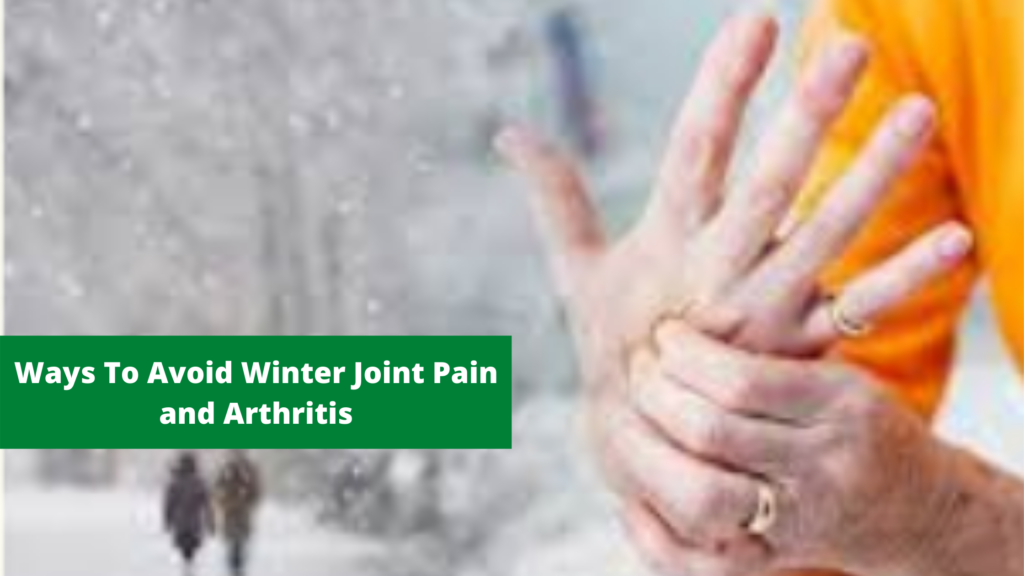Winter may be cozy, but it can also be painful. Muscles, ligaments, and joints just get stiffer with lower temperatures,
Winter brings lots of outdoor fun, but at the same time, cold weather can make knee pain more symptomatic. Being fit and active is essential to maintaining healthy knees. Whether you are planning to hit the slopes, snowshoe, go sledding with the kids or try out cross country skiing, “tendinitis” knee pain can limit your ability to do the things you love.
- Eat Healthily. Load up on foods rich in:
Omega-3 fatty acids. Think salmon and nuts to curb inflammation.
Vitamin K. Make meals that feature greens, such as spinach, kale, and cabbage, for their pain-soothing properties.
Vitamin C. Add color to your diet with juicy oranges, sweet red peppers and tomatoes, and other C-rich foods to halt cartilage loss (and resulting pain) that comes with arthritis.
- Keep Moving
One reason cold weather is linked to joint pain is people are less likely to work out when it’s chilly and damp. Being a couch potato is bad news for your joints because exercise helps lubricate them to prevent pain.
Too cold out? Bring your workout indoors — and don’t overdo it! Choose low-impact aerobic moves that are easy on joints, such as walking, and yoga or tai chi, which enhance your range of motion. Lifting weights can also help because it builds joint-supporting muscles. remember there should never be a pain when doing exercise if so stop or at least reduce the workout to the point where there is no discomfort
Sit up straight in front of a table.
Place your affected hand on the table, resting it along the little finger side of your hand.
Bring the thumb tip and index finger tip together, keeping the biggest possible “O” or “D” shape space between them.
Gently squeeze the tips together keeping both the end and middle joints of the thumb bent and raised.
If you are unable to keep the middle joint of your thumb raised, you can support it using the index finger of your other hand.
Keep your wrist straight throughout the exercise.
- Layer up.
Dress warmly and in layers. It’s important to keep the core body temperature warm. Keeping joints warm is also essential, she says, along with surrounding muscles and ligaments. Gloves, scarves, warm boots, long johns – who knows, maybe even legwarmers – protect your skin and joints from outdoor cold exposure.
- Warm-up, then stretch. Break a light sweat, then stretch to help maintain mobility and reduce joint stiffness. movement is medicine, as winter approaches we tend to do less and stay in, so if its a case where the weather is bad you can exercise indoors, for example, walk up and down the stairs, start stretching in front of the fire, learn tai chi and yoga moves and start doing those, stand up and start doing swimming moves with your arms and march in the same position lifting your legs up and down with purpose. if you get tired or can’t do it standing to do it sitting down.
5. Always stay positive, your attitude is everything, and it’s important to have a positive attitude.
Helping you achieve a pain-free quality of life is my only goal and armed with 20 years of experience and seeing 100 plus patients every week through my clinics has given me invaluable experience and knowledge in treating patients with chronic pain and injuries.


